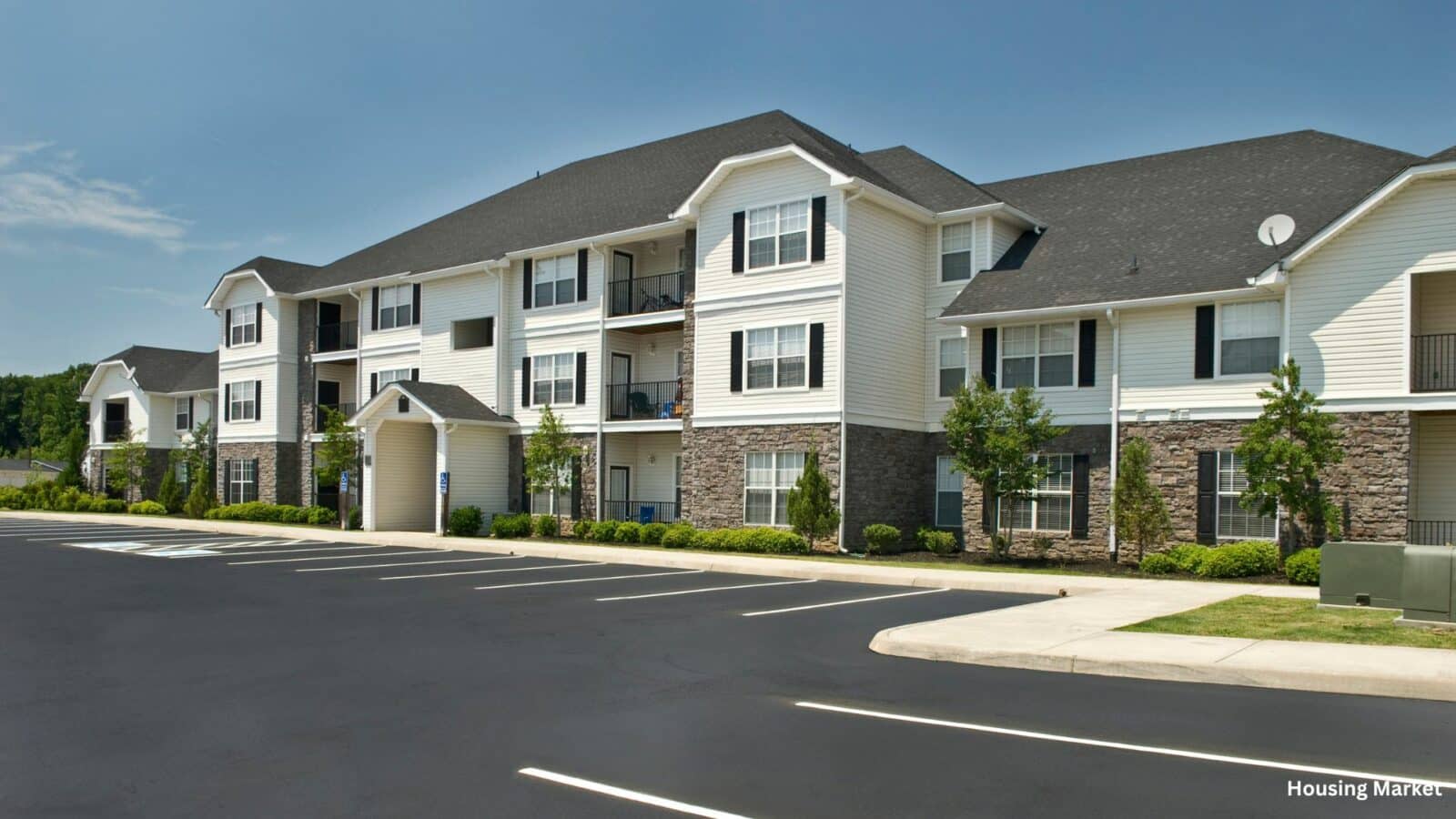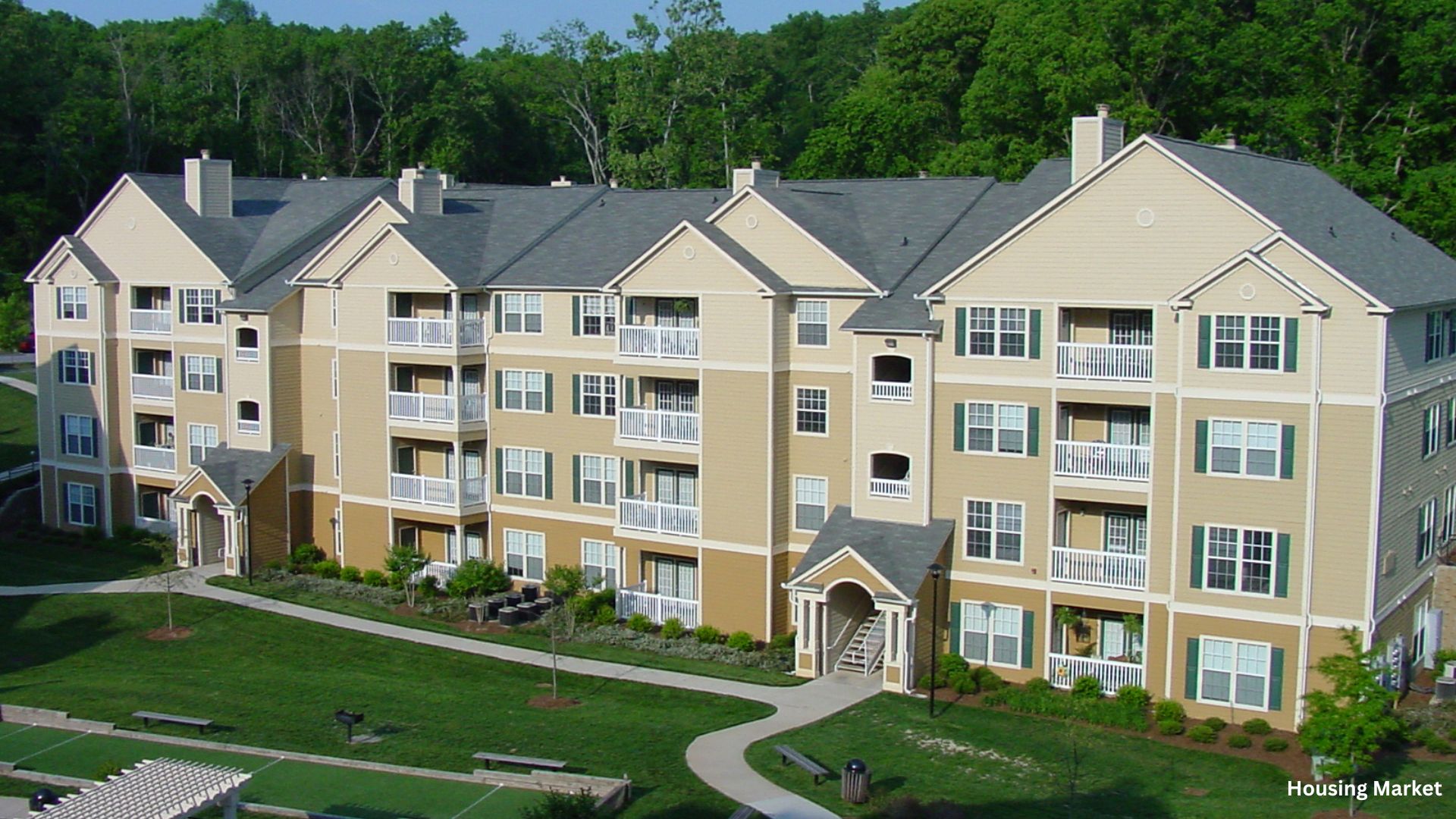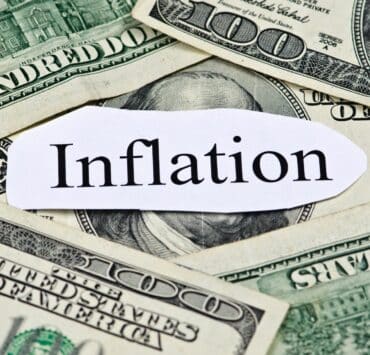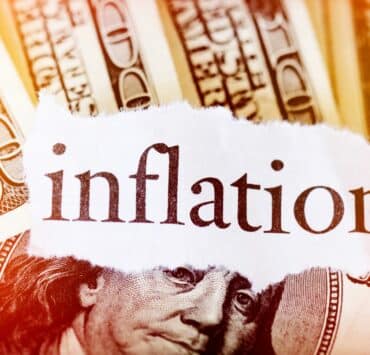In recent months, builders are stopping new construction, leading to significant changes in the housing market. This trend is causing a ripple effect, impacting rental prices and the overall availability of housing. But why are builders taking this step, and what does it mean for the future of real estate?
Understanding Why Builders Are Stopping New Construction
The Impact of Rising Costs
One of the primary reasons builders are stopping new construction is the rising cost of materials and labor. Over the past few years, the cost of construction materials such as lumber, steel, and concrete has soared. This increase in costs makes new projects less profitable and, in some cases, financially unfeasible. Additionally, the labor market has tightened, with skilled workers in high demand and commanding higher wages. This combination of factors has led builders to reconsider their plans and halt new projects.
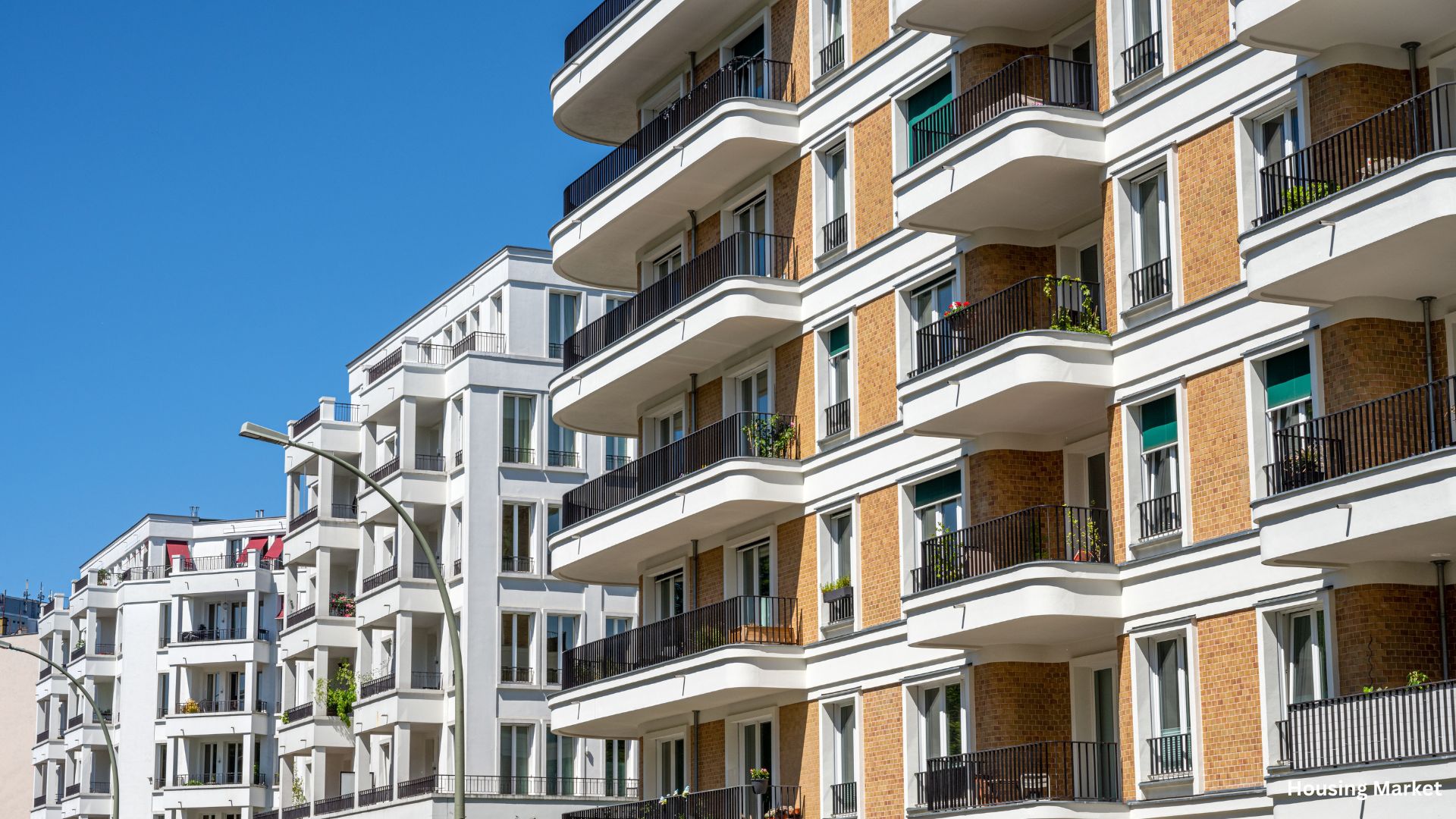
Economic Uncertainty
Economic uncertainty also plays a significant role in why builders are stopping new construction. With fluctuating interest rates, inflation, and concerns about a potential economic downturn, builders are cautious about investing in new projects. They are opting to wait for more stable economic conditions before committing to new developments. This cautious approach is a strategy to minimize risk and ensure that any new construction projects have a higher likelihood of success.
Regulatory Hurdles
Another factor contributing to the slowdown in new construction is the increasing complexity of regulatory requirements. Builders face numerous regulations at the local, state, and federal levels, ranging from zoning laws to environmental regulations. Navigating these regulatory hurdles can be time-consuming and costly, leading some builders to pause or abandon their projects. The added bureaucracy and associated costs can deter builders from pursuing new developments.
Market Saturation
In some regions, market saturation is a reason builders are stopping new construction. In urban areas, where there has been a significant amount of building in recent years, the market may no longer support additional new developments. High vacancy rates and slowing rental demand can make new projects less attractive. Builders are instead focusing on markets with higher demand or waiting for market conditions to improve before proceeding with new construction.
Shift in Demand
The demand for different types of housing is also influencing builders’ decisions. The COVID-19 pandemic has shifted consumer preferences, with more people seeking single-family homes in suburban or rural areas rather than apartments in urban centers. This shift in demand has led builders to reassess their strategies and focus on projects that align with current market trends. As a result, some builders are stopping new construction of multifamily units in favor of single-family homes.
Landlords Could Benefit
While it’s been difficult for some landlords to fill vacancies, this situation may not last very long. Despite the slowdown in multifamily building permits and starts, the number of units being completed remains historically high. Many projects initiated during the pandemic are now reaching completion, increasing competition among landlords. However, this surplus of units will eventually be balanced by the lack of new housing starts.
According to Redfin, landlords might feel empowered to increase rents as the slowdown in permitting reduces the actual inventory. Although asking rents have only risen less than 1% from a year ago, they are still nearly 19% higher than pre-pandemic levels, according to a Moody’s Analytics CRE report. This has led to more landlords capitalizing on the market, with 61 billionaire landlords in the U.S. holding a collective wealth of $240.9 billion, according to the Institute for Policy Studies.
The Localized Nature of Housing Markets
It’s essential to remember that housing markets are highly localized, making it difficult to draw broad conclusions about the rental market’s direction. Cities experiencing rapid growth and gentrification may see rent increases as housing demand outstrips supply. Conversely, cities with declining populations or economic stagnation may see stable or even decreasing rent prices due to lower demand.
“Cities that are experiencing rapid growth and gentrification may see an increase in rent prices as demand for housing outstrips supply,” says Itay Simchi, founder of real estate investment company Proven House Buyers. “On the other hand, cities that are facing declining populations or economic stagnation may see rent prices stabilize or even decline as there is less demand for housing.”
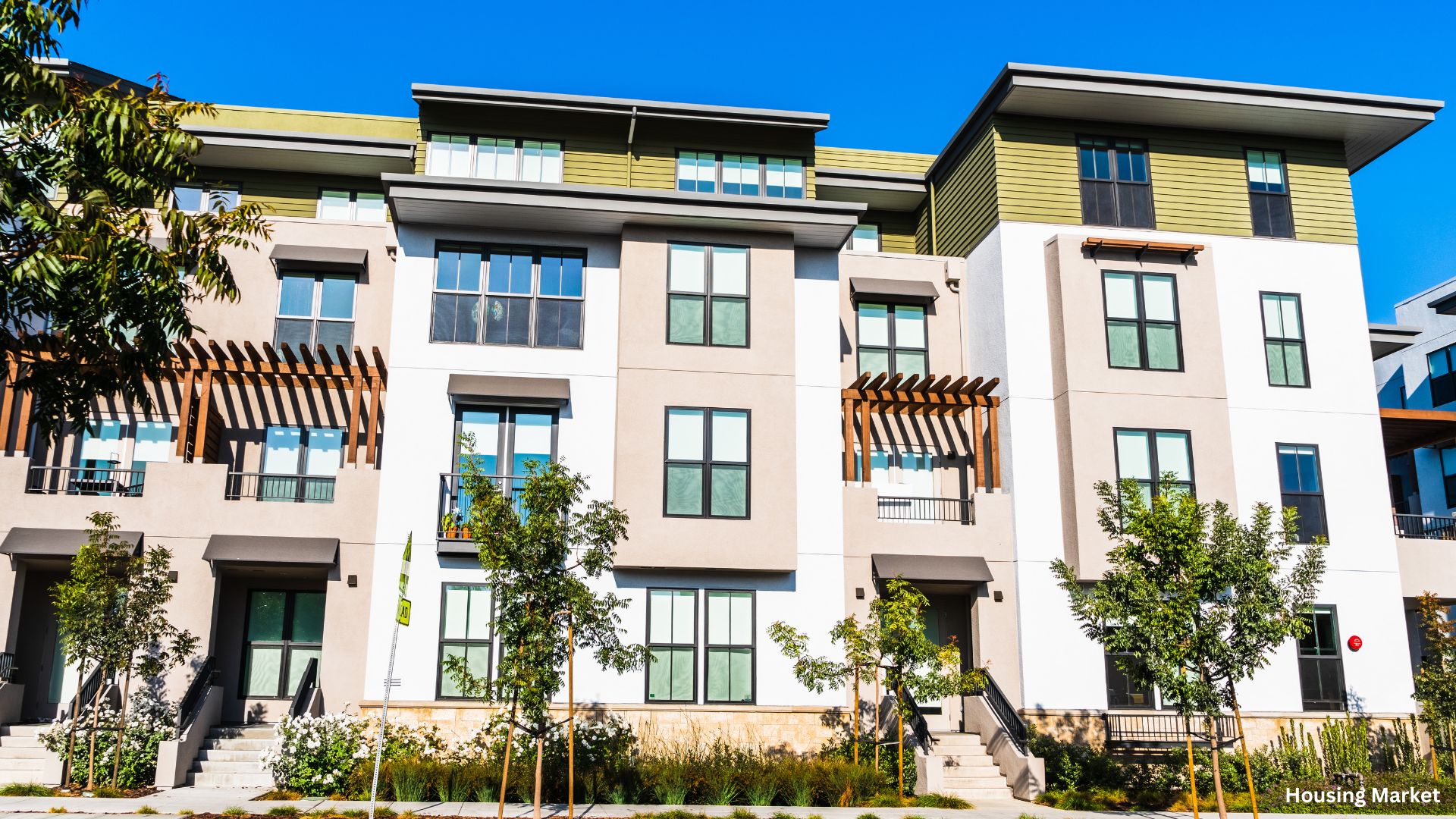
The Long-Term Outlook
While builders are stopping new construction in the short term, this does not necessarily indicate a permanent trend. As market conditions stabilize and economic uncertainty decreases, it is likely that builders will resume new projects. Additionally, the ongoing housing shortage, with an estimated 4.5 million homes needed to meet current demand, suggests that construction activity will eventually pick up to address this gap.

Builders are stopping new construction due to rising costs, economic uncertainty, regulatory challenges, market saturation, and shifting demand. However, these factors are not static, and changes in the market could lead to a resurgence in construction activity in the future.
Related posts:
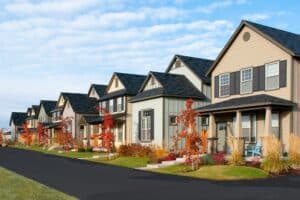 Surge in US Housing: A Close Look at the November 2023 Boom
Surge in US Housing: A Close Look at the November 2023 Boom
 Seattle Fort Lawton Housing Plan Revision: A New Vision for Affordable Living
Seattle Fort Lawton Housing Plan Revision: A New Vision for Affordable Living
 2024 Real Estate Recession Warning: A Closer Look at the Housing Market Dynamics in Arizona
2024 Real Estate Recession Warning: A Closer Look at the Housing Market Dynamics in Arizona
 Affordable Housing in Highland Park: A Sustainable Approach to Homeownership
Affordable Housing in Highland Park: A Sustainable Approach to Homeownership
 Challenges Persist as Housing Market Faces Unyielding Conditions Ahead of Spring Buying Season
Challenges Persist as Housing Market Faces Unyielding Conditions Ahead of Spring Buying Season
